Learn If Your Home’s Foundation Is Built On Expansive Clay Soil
Do your doors stick and not open properly during the rainy season? Do you have cracks in the drywall that sometimes go away? Have you noticed foundation cracks around your house? One of the first steps toward finding the correct method of repair is determining the soil type around the foundation.
It’s Not Dirt. It’s Soil. 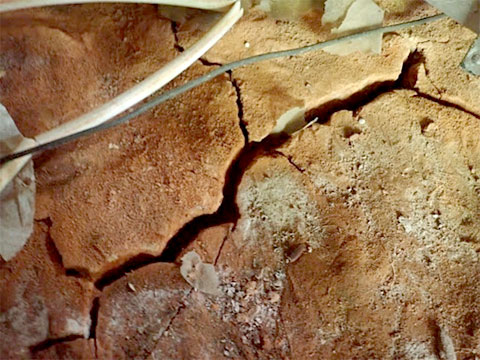
Dirt is what you get on your clothing and hands while working with soil. Soil is a collection of particles produced by the physical and chemical disintegration of rocks, water, air, and organic matter. For our discussion purposes, soil has four main components: Gravel, Sand, Silt, and Clay.
- The United States Geological Survey (USGS) defines gravel as a loose accumulation of rock fragments composed predominantly of more or less rounded pebbles and small stones1.
- Sand is a granular material composed of small grains of rock and mineral particles that are smaller than gravel and coarser than silt.
- Silt particles are smaller than sand and bigger than clay. Like sand, silt is made up of rock and mineral particles which have degraded from weather and/or erosion over thousands of years.
- Clay particles are the smallest and contain minerals that absorb water. As such, clay soils absorb water. The minerals in clay vary with location. Some minerals absorb more water than others.
- Clays with minerals that absorb large amounts of water experience a large increase in volume when wet. These types of clay are called expansive clay or fat clay.
- Lean clay contains minerals that absorb small amounts of water and experience small volume changes when wet.
Expansive clay soil can exert uplift pressures up to 5,500 pounds per square foot2, which can do considerable damage to lightly loaded wood-frame structures. Problems caused by building on expansive clay soil include foundation cracks, wall/floor cracks, foundation settling or sinking, foundation upheaval due to moisture, and doors that stick or don’t open and close properly. Knowing the type of soil your house is supported by can help determine the best remedial approach.
So is it Expansive Clay or not?
When dry, the surface of clay soils will crack in patterns. Differentiating between silt and clay without the use of soil testing laboratory equipment can be difficult; however, after performing a few field tests, an estimation can be made on the soil type supporting your foundation.
Field Tests for the Determination of
Silt, Lean Clay and Fat Clay
Shaking Test
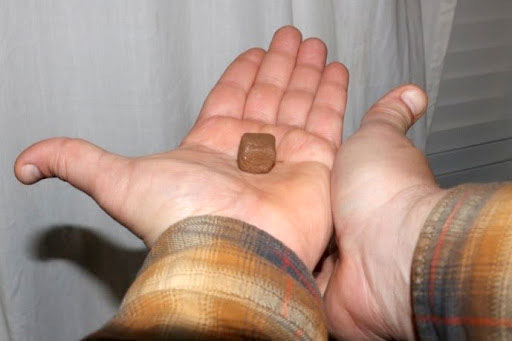
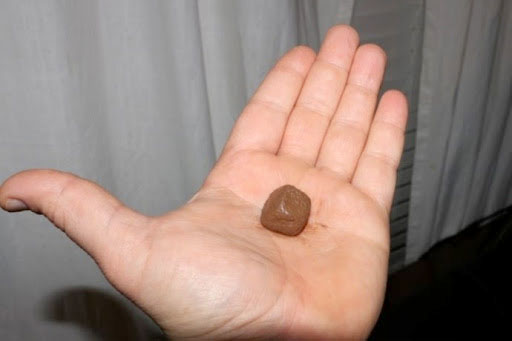
- Add water to make very soft soil
- Mold to a 1 cubic inch sample
- Place into the palm of the hand and repeatedly tap back or side with the other hand to create vibrations
Soil slumps and is shiny – Silt
Soil somewhat retains shape – Lean Clay
Soil holds shape very well – Fat Clay
The soil in this example is a lean clay. As you see, the soil retained its shape somewhat.
Toughness Test
- Add water to make soft soil
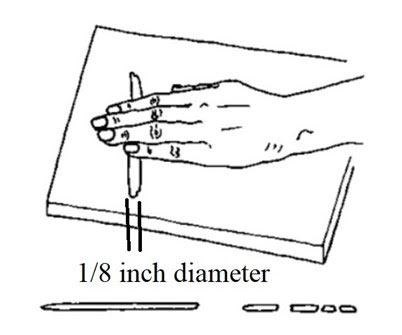
- Mold to a 1 cubic inch sample
- Roll into thread, 1/8-inch diameter
Soil cube is difficult to roll without cracking – Silt
Soil cube rolls quickly and easily – Lean Clay
Soil cube is able to be rolled – Fat Clay
Dry Strength Test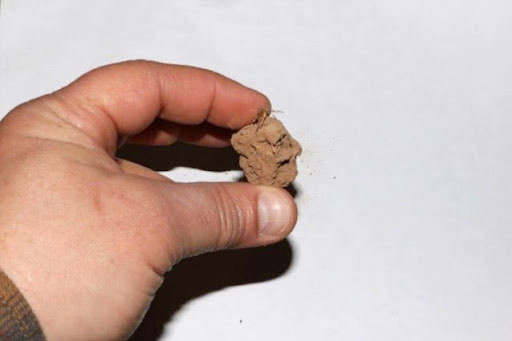
- Mold soil to a ½ cubic inch sample
- Allow to air dry
- Press dry soil between thumb and forefinger to crush the sample
- If the sample doesn’t crush, then press dry soil between thumb and hard surface to crust
Soil crumbles very easily – Silt
Soil requires considerable effort to break – Lean Clay
Soil does not break between thumb and hard surface – Fat Clay
The soil in this example is a lean clay. It broke when pressed between the thumb and a hard surface
Dispersion Test - for estimating sand%, silt%, and clay%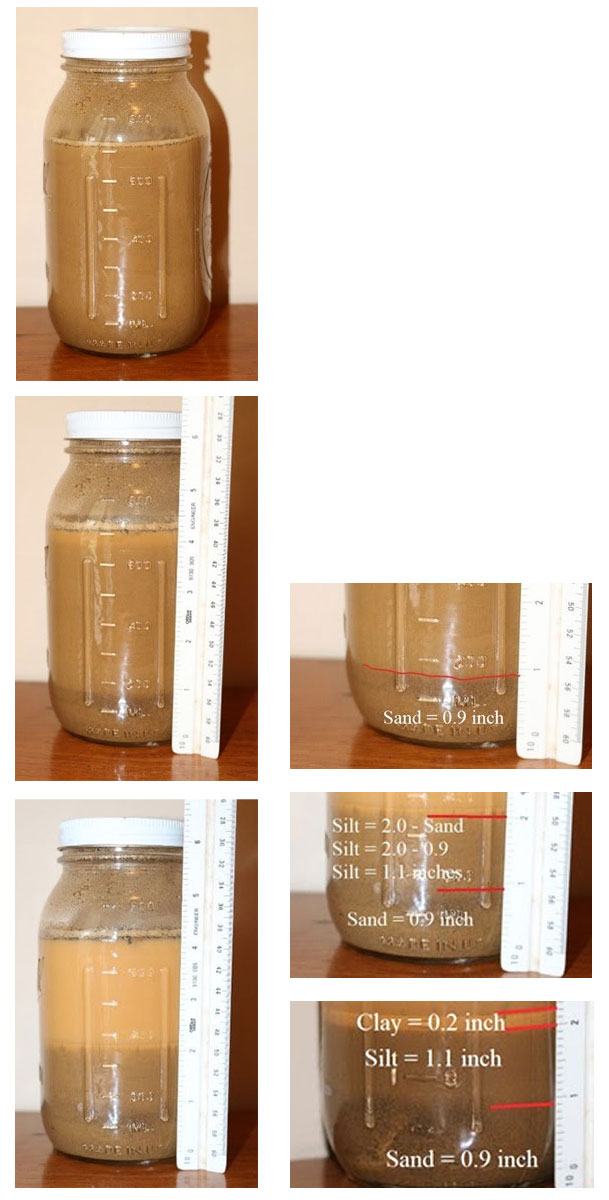
- Place about ½ cup of soil (gravel free) into jar
- Fill jar with 3 cups of water; Shake for 5 minutes
- Let settle for 30 seconds. The settled particles represent sand. Mark and measure the sand layer = 0.9 inch
- Continue to settle for 30 minutes. The additional settled particles represent silt. Mark and measure the silt layer = 1.1 inches
- Continue to settle for 24 hours. The additional layer that has accumulated over the 24-hour period is the clay layer. Mark and measure the clay layer = 0.2 inch
- Total settled soil depth = (sand layer) + (silt layer) + (clay layer) 2.2 inches = 0.9 inch + 1.1 inches + 0.2 inch
- Determine sand/silt/clay percentage
References
1 https://mrdata.usgs.gov/geology/state/sgmc-lith.php?code=1.12
2 Rogers, J. D., Crane, K.M., and Snyder, D.L., 1993, Damage to Foundations from Expansive Soils: Claims People, Vol. 3, No. 4 (April), pp. 1-4
About the Author
David R. McCauley. is a consulting engineer with our Charlotte, NC office. Mr. McCauley has a strong technical background in geotechnical subsurface analysis including foundations and settlement, structural engineering inspection and failure analysis, property condition assessments, root cause, scope of damage, and value of loss for residential, commercial, multi-family, industrial, institutional, and agricultural buildings. You may contact David for your forensic engineering needs at drmccauley@edtengineers.com or 704-523-2520
Learn about how EDT Forensic Engineering & Consulting approaches construction assessments, scope of damage, and forensic engineering by assigning a file today.

